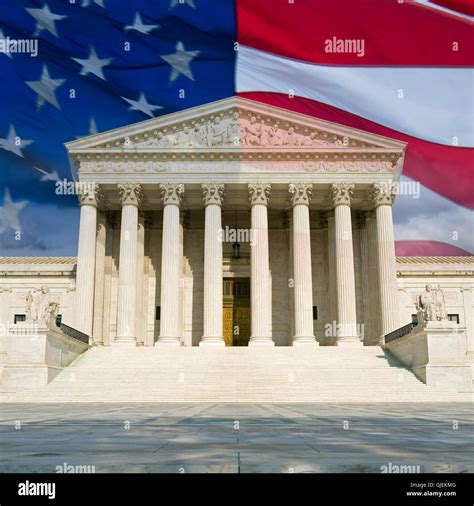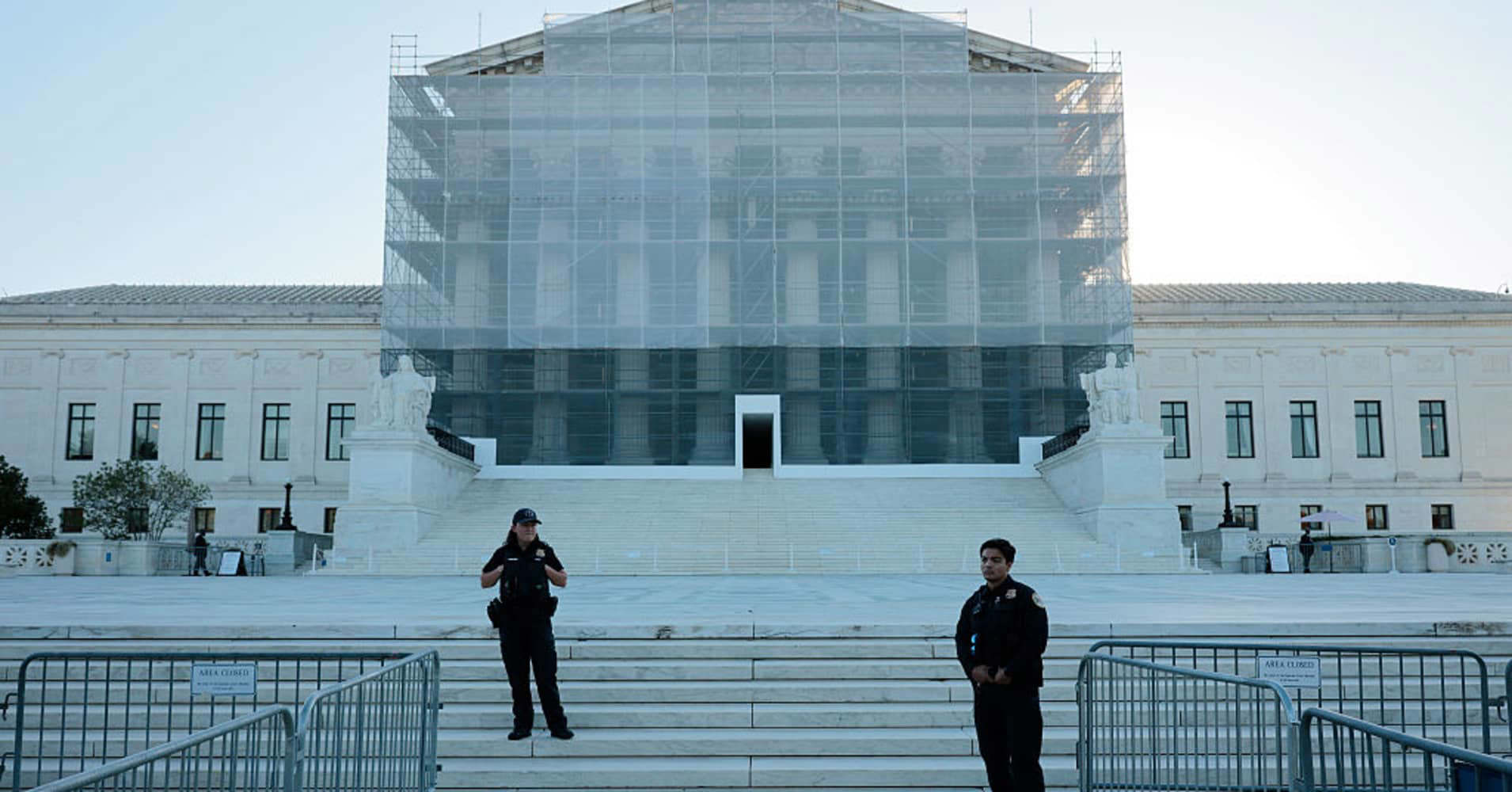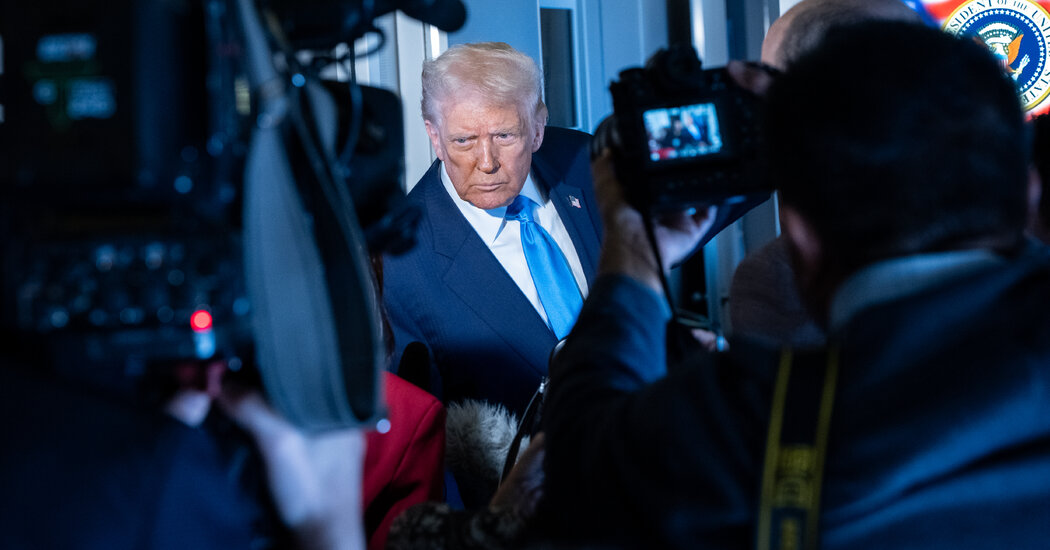
Supreme Court Takes Up Major Trump Tariff Case
The Supreme Court Steps Into the Fray: A Deep Dive into the Trump Tariff Case
In a landmark case with far-reaching implications, the U.S. Supreme Court has agreed to hear arguments regarding President Donald Trump's global tariffs. The legal battle centers on the constitutionality of these tariffs, which were imposed under the guise of national security, and the extent of the president's authority in matters of trade. As the nation's highest court delves into this contentious issue, the stakes could not be higher for businesses, consumers, and the delicate balance of power in Washington.

Understanding the Case: The Roots of the Tariffs
The tariffs in question were implemented by the Trump administration in 2018 and 2019, targeting goods from several countries, including China, the European Union, and Canada. Citing Section 232 of the Trade Expansion Act of 1962, the administration argued that these imports posed a threat to national security, particularly in the steel and aluminum industries. However, critics, including a coalition of states and businesses, contend that the tariffs were a misuse of presidential power and that Congress, not the executive branch, holds the constitutional authority to set tariffs. This fundamental question of separation of powers is at the heart of the case.
What's at Stake?
The outcome of this case will have profound consequences. A ruling against the Trump administration could curtail the president's ability to unilaterally impose tariffs, potentially leading to the removal of these taxes on imported goods. This could lower costs for American businesses and consumers but might also strain international trade relations. Conversely, a ruling in favor of the administration would reinforce the broad interpretation of presidential authority under Section 232, setting a precedent for future presidents to use national security as a justification for trade restrictions. Such a decision could escalate trade tensions and disrupt global supply chains.

The Oral Arguments: A Glimpse Into the Court's Deliberations
During the oral arguments, justices from across the ideological spectrum probed attorneys on both sides. They raised questions about the scope of presidential power, the role of Congress in regulating trade, and the practical implications of the Court's decision. Legal experts, including ABC News contributor Kim Wehle, have noted that the justices appeared skeptical of the administration's broad interpretation of the Trade Expansion Act. The Court's final ruling, expected in the coming months, will likely hinge on its interpretation of the Constitution's separation of powers and the specific language of the statute at issue.
What Happens Next?
As the Supreme Court deliberates, businesses and trade groups are anxiously awaiting the decision. The ruling could trigger a wave of legal challenges to other trade actions taken under Section 232 and influence ongoing trade negotiations. Meanwhile, the Biden administration faces the challenge of navigating the fallout from the case while formulating its own trade policy. Regardless of the outcome, the Supreme Court's involvement underscores the critical importance of this issue in shaping the future of U.S. trade policy.
Conclusion: A Pivotal Moment for Trade and Power
The Supreme Court's decision in the Trump tariff case will be a defining moment in the ongoing debate over executive versus legislative authority in trade. It will not only determine the fate of billions of dollars in tariffs but also set the boundaries for presidential power in the years to come. As the nation watches, the Court's ruling will resonate in courtrooms, boardrooms, and international capitals, leaving an indelible mark on the landscape of U.S. trade law.
Share this article
Dr. David Chen
Science correspondent with a Ph.D. in astrophysics, passionate about making complex scientific discoveries accessible to all.